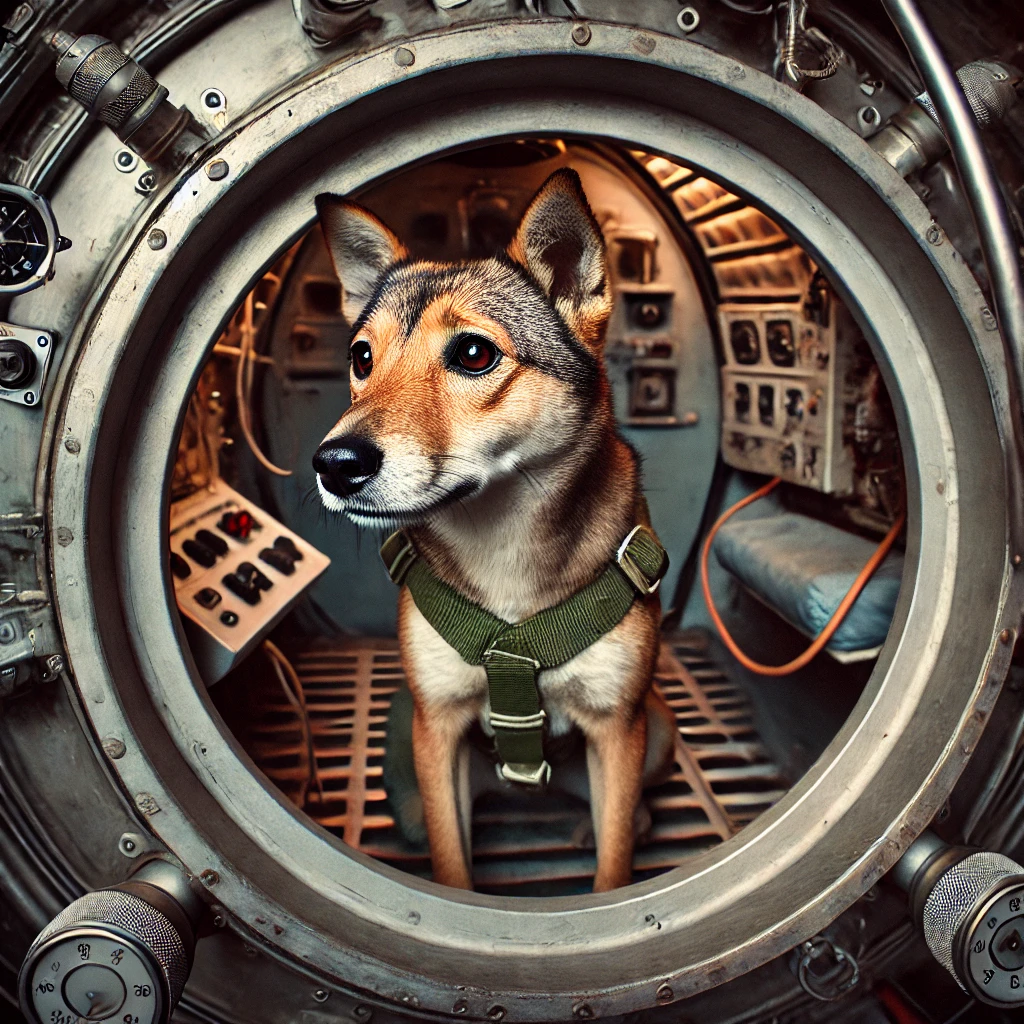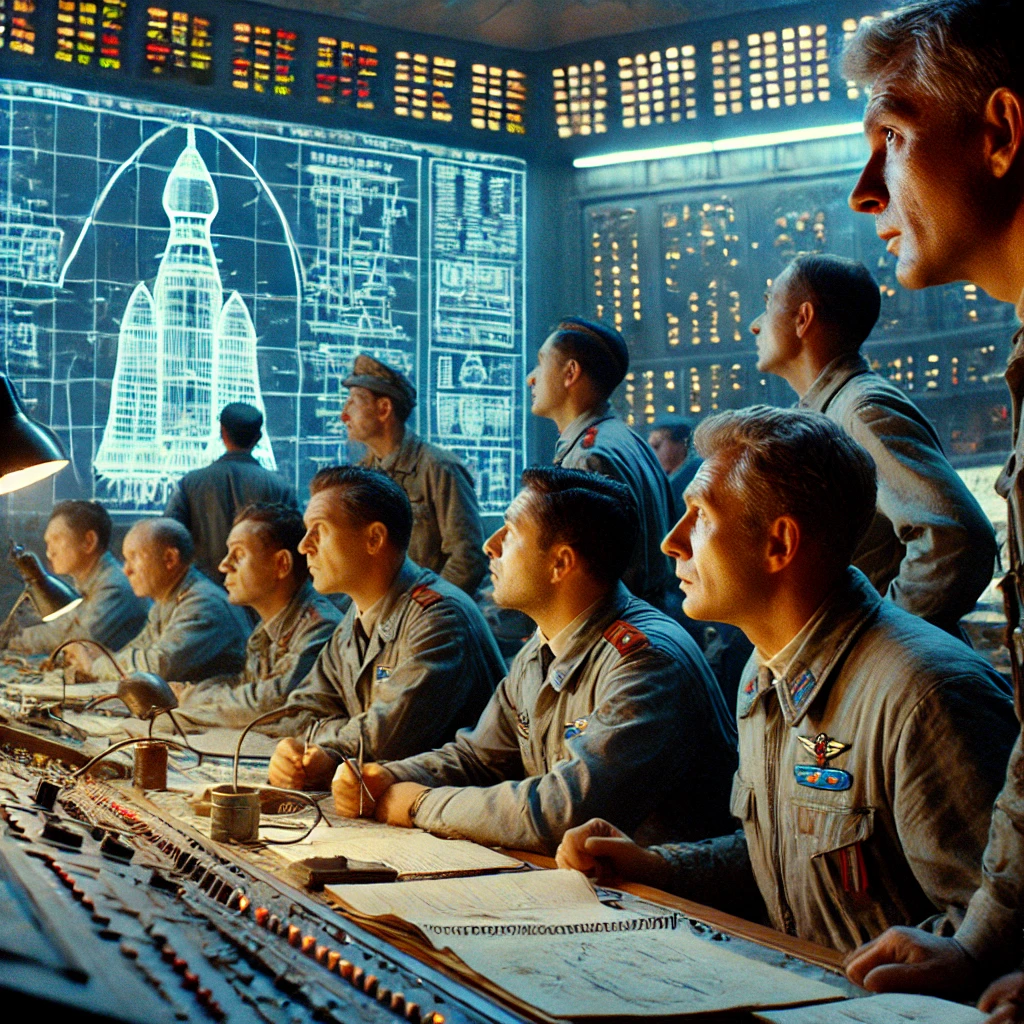On November 3, 1957, the Soviet Union made history by launching Sputnik 2, a monumental achievement in the space race that carried with it Laika, the first living creature to orbit the Earth. This event marked a significant milestone not only in space exploration but also in the understanding of living organisms’ ability to survive in the harsh conditions of outer space. Laika’s journey represented both a scientific breakthrough and a poignant moment in the early days of human space exploration.

The Context of the Space Race
The launch of Sputnik 2 came just a month after the successful deployment of Sputnik 1, the first artificial satellite, on October 4, 1957. The Cold War between the United States and the Soviet Union had intensified the competition in various fields, particularly in technology and military capabilities. The space race became a symbol of national prestige and technological prowess, prompting both superpowers to seek supremacy in space exploration.
By sending Laika into orbit, the Soviet Union aimed to demonstrate its technological advancements and assert its leadership in the space race. Laika, a stray dog found on the streets of Moscow, was chosen for the mission due to her small size and calm demeanor. The mission was groundbreaking, but it also raised ethical questions about the treatment of animals in scientific research—a topic that continues to be relevant today.

The Launch and Its Impact
Sputnik 2 was launched on November 3, 1957, and it successfully entered orbit, with Laika aboard in a specially designed capsule. The satellite was equipped with scientific instruments to monitor the effects of space travel on Laika, providing valuable data for future manned missions. For several days, Laika transmitted vital information back to Earth, including her heartbeat and physiological responses to the stress of space travel.
However, the mission was not without its controversy. Laika’s fate was sealed from the start, as the technology to safely return a living creature from orbit had not yet been developed. While her journey provided invaluable insights into the challenges of space travel, it also sparked public outcry regarding the ethical implications of using animals for experimentation. Laika’s tragic end raised awareness of the need for humane treatment in scientific research, a conversation that has continued to evolve in the decades since.
A Legacy of Space Exploration
The launch of Sputnik 2 and Laika’s journey into space had a profound impact on science and space exploration. It helped pave the way for subsequent manned space missions, as the data collected from Laika’s experience contributed to understanding the biological effects of space travel. This mission set the stage for future explorations and laid the groundwork for the eventual journey of humans into space.

Laika became a symbol of the early space age, representing both the potential for scientific discovery and the ethical considerations surrounding animal welfare in research. In recognition of her contributions, monuments and tributes have been established in her honor, reflecting the public’s enduring affection for the little dog who journeyed beyond the stars.
On November 3, 1957, the launch of Sputnik 2 and Laika’s historic journey marked a turning point in the annals of space exploration. This event not only showcased the technological advancements of the Soviet Union but also sparked important discussions about ethics in scientific research. As we reflect on this monumental achievement, we recognize Laika’s legacy as a testament to the spirit of exploration and the complexities that accompany the quest for knowledge beyond our planet. Her story serves as a reminder of the delicate balance between progress and compassion in the pursuit of scientific advancement.
